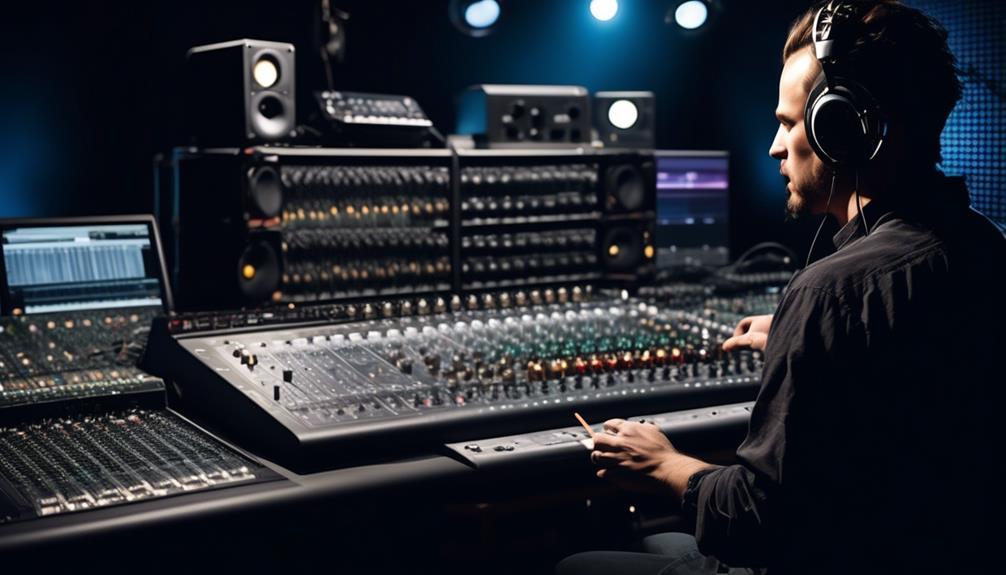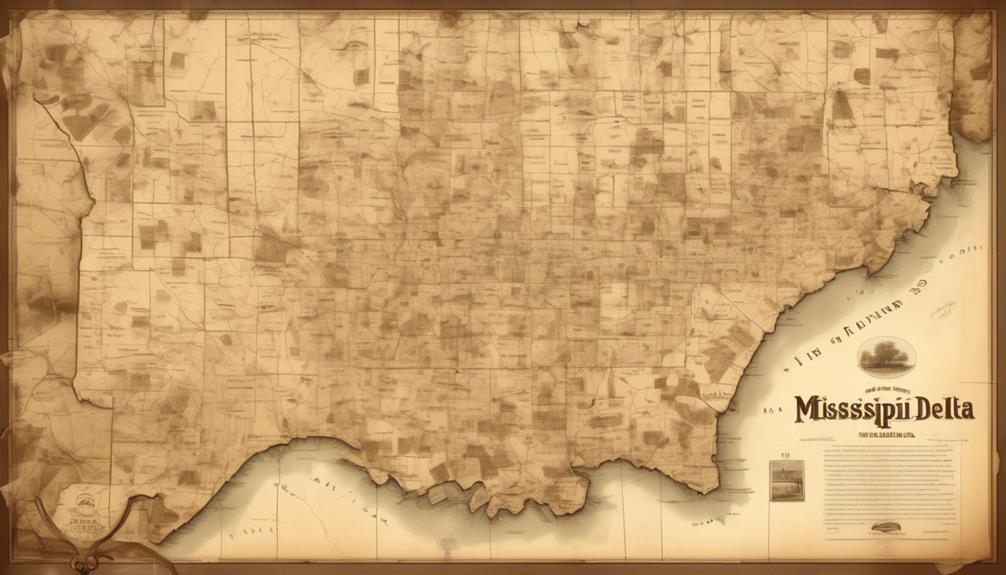Making a movie on film is similar to using vivid, vibrant colors on a canvas, resulting in a visual experience that cannot be replicated by digital technology.
The process of capturing moments on film brings a depth and texture that can be challenging to replicate in the digital realm.
But is it practical? Is it worth the effort and expense?
Let's explore the considerations and challenges of shooting a movie on film in today's filmmaking landscape, and uncover the unique qualities that continue to draw filmmakers to this traditional medium.
Key Takeaways
- Shooting on film offers a unique aesthetic texture that is difficult to replicate digitally, adding a visual quality that sets it apart.
- Film encourages disciplined and focused shooting, requiring careful planning and limited takes.
- The natural sharpness of film is hard to achieve through digital manipulation, and its integration in post-production can enhance the final product.
- Film captures a wider dynamic range and latitude, allowing for the preservation of rich textures in imagery.
The Advantages of Shooting on Film
In our exploration of the advantages of shooting on film, it's undeniable that the unique aesthetic texture it provides adds a distinct visual quality to a movie that's difficult to replicate digitally. Film's visual appeal, stemming from its finite nature, encourages disciplined and focused shooting, enhancing the overall atmosphere on set. The natural sharpness of a film image is hard to achieve through digital manipulation, contributing to its distinct visual appeal. Filmmakers who value this aesthetic often choose to shoot on film, aligning with their artistic preferences.
Shooting on film requires a deliberate and thoughtful process, as it highlights the finite nature of film stock, promoting careful planning and limited takes. The integration of film into post-production further enhances the visual appeal of the final product. The use of film stock in cameras offers a specific visual language and storytelling style, providing filmmakers with a versatile and expressive medium for artistic expression. The wider dynamic range and latitude offered by film enable cinematographers to capture nuanced details and rich textures in imagery, elevating the film's visual presentation.
Overcoming Challenges of Shooting on Film

As we explore the challenges of shooting on film, the meticulous pre-production planning and organization required to avoid running out or wasting unused stock becomes a pivotal aspect of the process. This involves carefully estimating the amount of film needed for the entire project, factoring in potential reshoots and unexpected delays.
Additionally, the specialized knowledge and skills in handling film cameras and equipment are crucial for a successful shoot on film. Factors such as lighting, grain, and color sensitivity require careful consideration to achieve the desired visual aesthetic.
Furthermore, the film development and post-production process demand close collaboration with professional labs for chemical processing, scanning, and digitization, as well as editing and color grading to ensure the film still meets the high standards expected in the digital age.
Financial challenges also arise due to the cost of film stock, processing, and equipment, necessitating careful budgeting and resource management throughout the project.
Lastly, the film conversion process, whether through scanning or telecine, requires expertise and additional steps for converting the physical film into a digital format suitable for editing and distribution.
Mastering these aspects is essential for successfully overcoming the challenges of shooting on film.
Considerations Before Shooting on Film
Considering the visual aesthetic and financial implications, understanding the technical expertise and meticulous planning required is essential before embarking on shooting a film.
- Budget: It's crucial to understand the costs of film stock, processing, and equipment rental, ensuring it aligns with the project's financial resources.
- Production Planning: Meticulous planning is necessary due to limited takes and careful stock management. Ensuring adequate stock for the entire shoot is vital.
- Technical Expertise: Working with a team experienced in handling film cameras, film development, and post-production processes is imperative.
- Aesthetic Choice: Considering whether the unique visual qualities of film align with the desired look and feel of the project is crucial.
When considering shooting a film, it's essential to comprehend the differences between digital sensors and film. Understanding the nuances of tungsten film, ASA film, and dynamic range is crucial for achieving the desired visual style.
Additionally, one must consider the colour balance and the post-production workflow, especially if the film needs to be digitized for distribution and exhibition. Whether shooting a short film or a high-end production, thorough consideration of these factors is essential for a successful film shoot.
How Filmmakers Capture Emotion on Film

Capturing raw emotion on film requires a nuanced understanding of visual storytelling and an adept command of the medium's unique aesthetic qualities. Filmmakers harness the distinct characteristics of film to evoke powerful emotions in their audience. Here's a closer look at how filmmakers leverage film's attributes to capture emotion:
| Aspect | Description |
|---|---|
| Visual Texture | Film's organic grain structure adds depth and texture to the image, creating a rich and tangible visual experience that resonates with the audience. |
| Color Rendering | Film stocks offer a wide range of color palettes, allowing filmmakers to choose stocks that enhance the emotional tone of specific scenes. |
| Atmospheric Quality | The inherent warmth and depth of film imbue scenes with a nostalgic and authentic ambiance, amplifying the emotional impact on the viewer. |
The Future of Film in Filmmaking
The future of film in filmmaking promises to uphold its unique aesthetic and texture, providing filmmakers with a distinct visual quality that continues to captivate audiences and elevate storytelling.
- Unique Aesthetic: The tactile, organic nature of film creates a visual allure that's difficult to replicate with digital footage, adding a timeless quality to the images that captivate viewers.
- Careful Consideration: The process of shooting on film involves meticulous pre-production planning, from selecting the right film stock to loading and setting exposure, ensuring that each frame is meticulously crafted.
- Challenges and Considerations: While shooting on film presents challenges such as cost and limitations in certain shooting conditions, it inspires a different approach to storytelling, pushing filmmakers to innovate and plan meticulously in real time.
- Conversion and Distribution: The future of film involves the seamless integration of analog and digital technologies, with the film conversion process allowing for easier manipulation and widespread distribution, ensuring that the distinctive allure of film endures in the digital age.
As we venture into this new era, the future of film lies in the hands of filmmakers who continue to embrace its unique qualities, ensuring that the art form of choosing your film and crafting each frame with intention remains a timeless and essential aspect of cinematic storytelling.
Frequently Asked Questions
Can You Still Shoot Movies on Film?
Yes, film resurgence is evident in the film industry.
Digital vs film debates highlight the unique aesthetics of film.
Film production demands meticulous planning and specialized equipment.
Film stock options vary, impacting the visual outcome.
Film preservation is crucial due to its chemical nature.
The film industry benefits from the artistry of film.
Film equipment differs from digital, requiring expertise.
Film processing involves precise chemical development.
Film projection creates an immersive viewing experience.
Why Do People Shoot Movies on Film?
Shooting on film provides unique advantages, from its aesthetic authenticity to its historical significance. The process offers creative control, enhancing artistic expression. The cinematic look and quality evoke nostalgia, captivating audiences.
Despite technical limitations and costs, film preservation remains vital. Case in point, 'The Master' by Paul Thomas Anderson, shot on 65mm, exuded a rich, immersive quality, showcasing the artistic and technical prowess of shooting on film.
When Did They Stop Shooting Movies on Film?
They stopped shooting movies on film in the late 2000s as digital technology became more prevalent. Despite the advantages of digital transition, a film revival has emerged in recent years due to the unique aesthetic and cinematic feel of film.
However, shooting on film presents technical challenges and is costlier compared to digital. Nevertheless, many filmmakers still choose film for its artistic choice and the preservation of the medium, despite its environmental impact.
What Does It Mean to Shoot on Film?
Shooting on film offers a distinctive aesthetic with natural sharpness and highlights, challenging to replicate digitally. The process involves meticulous planning, film stock selection, and careful exposure settings. However, it requires more time, effort, and higher costs.
Additionally, limitations in low-light conditions and fast-paced scenes are present. Despite these challenges, film offers a unique artistic choice, and its preservation and potential for digital conversion make it a compelling option for filmmakers seeking a distinct visual language.
How Does Field Recording Sound Play a Role in Shooting a Movie on Film?
Field recording techniques in film are crucial for capturing authentic, high-quality sound. When shooting a movie on film, these techniques help create an immersive experience for the audience, enhancing the overall storytelling. Whether capturing natural ambience or dialogue, field recording sound adds depth and realism to the final product.
Conclusion
In conclusion, shooting a movie on film has its challenges, but the unique aesthetic and disciplined atmosphere it creates make it a worthwhile choice for many filmmakers.
Take for example the recent hit film 'Once Upon a Time in Hollywood' directed by Quentin Tarantino, which was shot on film to capture the nostalgic look and feel of 1960s Hollywood.
Despite the cost and limitations, shooting on film continues to be a preferred choice for those who value its distinct visual and emotional impact.










